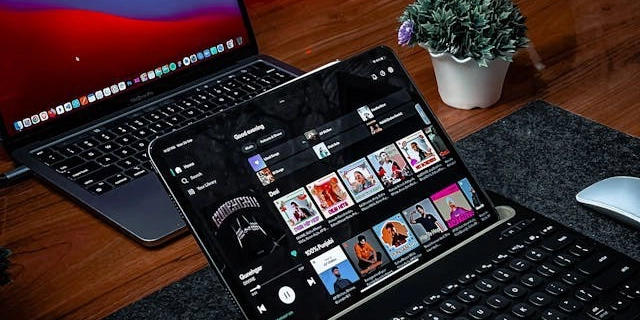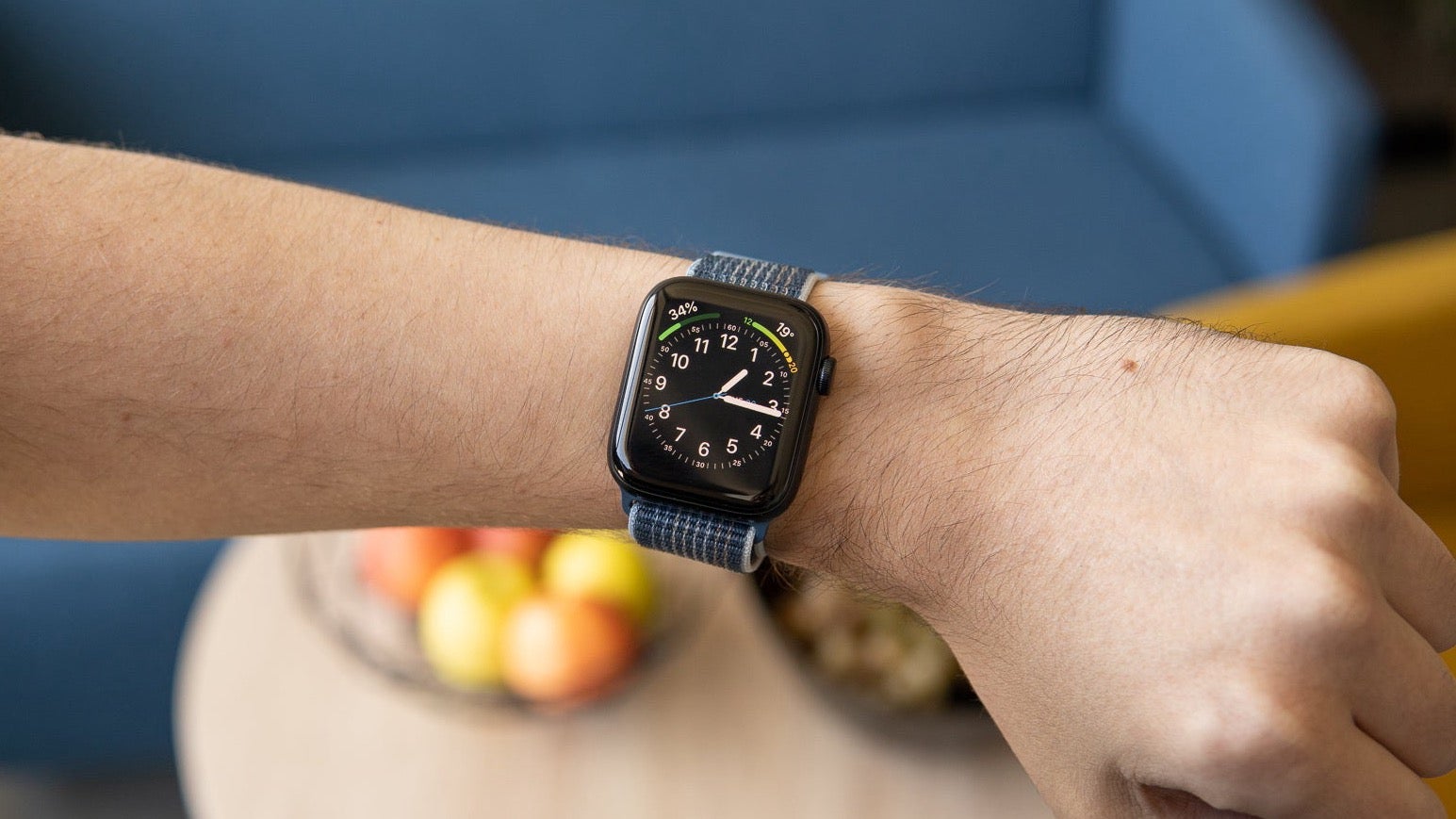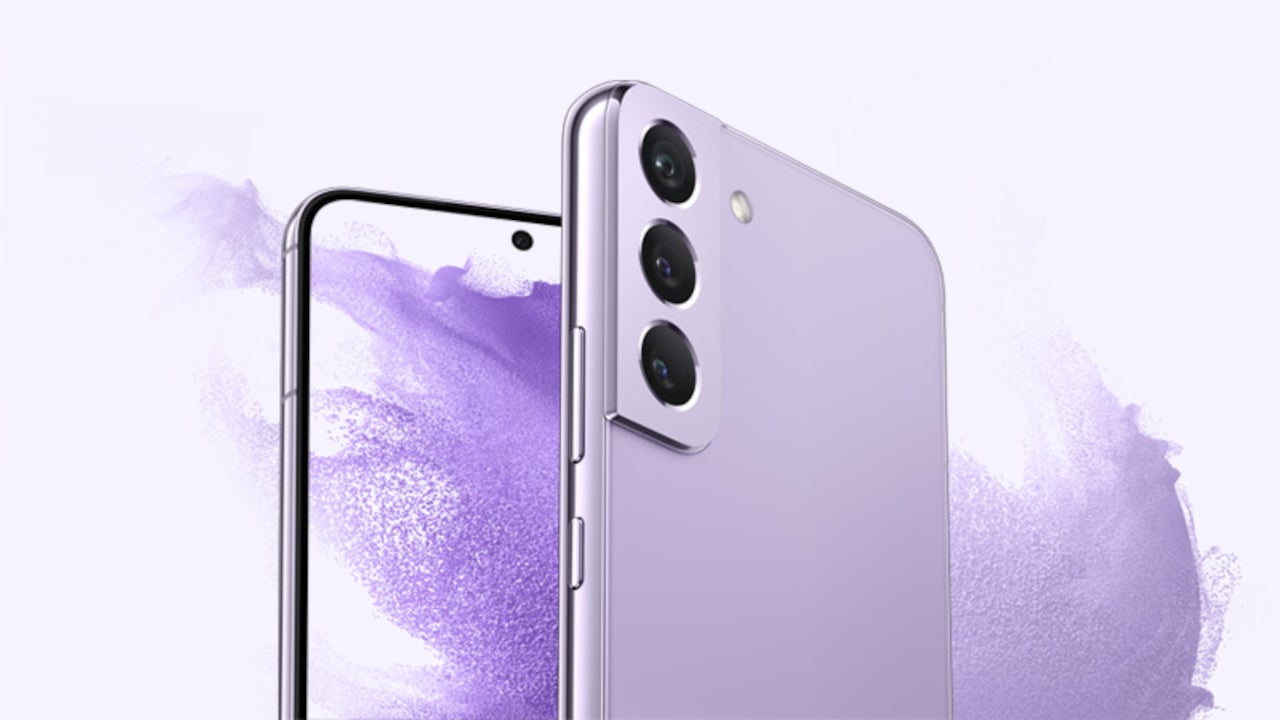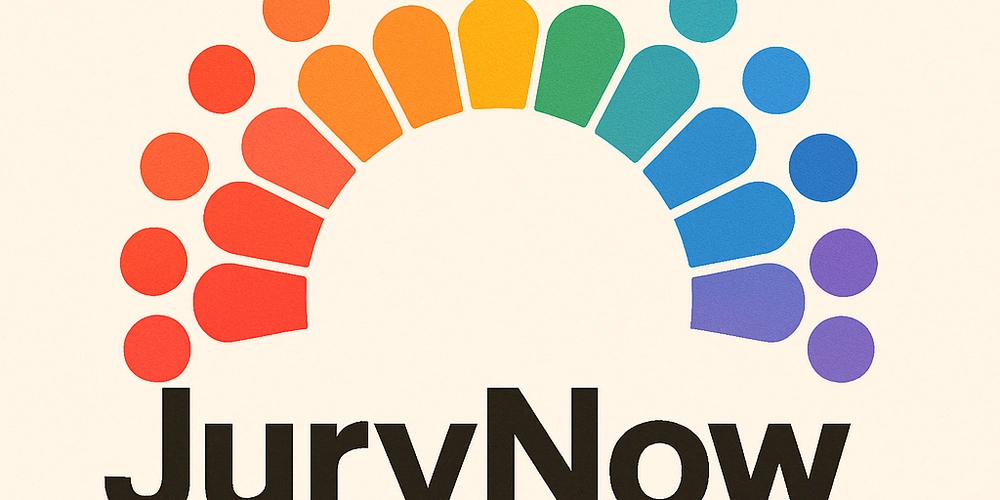What is Display P3?
Apple devices, especially the iPad and iPhones, display better colors than many other devices, and unlike what you think, it's not just because of the screen resolution. You've probably heard about Display P3, or not, and wondered what it means. Display P3 is a wide-gamut color space. It was first defined by Apple in 2005 as part of the Digital Cinema Initiative, for use in theatrical digital motion picture distribution (DCDM). It uses the DCI P3 primaries, a D65 white point, and the sRGB transfer function to provide a wide range of colors a device can accurately capture or reproduce––gamut. It was originally used in the film industry, but later tailored for consumer electronics. Why Display P3 Matters The human eye can perceive a vast range of colors within the visible light spectrum, typically between 380 and 780 nanometers. Display P3 offers a richer, more vibrant, and accurate color reproduction, especially in reds, greens, and blues. This means devices with Display P3 will have a more lifelike appearance, especially in areas like HDR movies and gaming. Apple devices leverage Display P3 to display colors that are closer to what the human eye can perceive. This is not just about screen resolution—higher resolution improves sharpness, but the color space defines how vivid and accurate those colors appear. For example: Richer Colors: Display P3 covers approximately 25% more colors than sRGB, particularly in reds, greens, and blues, as stated earlier. Real-World Accuracy: Photos, videos, and graphics in Display P3 devices will appear more natural, especially for content like landscapes or skin tones. Creative Work: Also, designers, photographers, and video editors can benefit from seeing colors as intended, especially when working on P3-compatible content. On an iPhone or iPad or any Display P3 device, Display P3 shines in streaming HDR movies, where vibrant colors pop, editing photos in apps like Adope Photoshop or Lightroom, which supports P3, and gaming, where developers optimise visuals for P3's wider gamut to provide a substantially close real-life experience for the gamers. Technical Details Gamut: Display P3 has a wider gamut than sRGB, meaning it can represent more saturated colors. It’s still narrower than other advanced color spaces like Rec.2020, but it is a practical middle ground for consumer devices. Bit Depth: Apple devices often pair Display P3 with 10-bit color depth, allowing for smoother gradients and over a billion possible colors. Compatibility: Content must be mastered in Display P3 to take full advantage. If you view sRGB content on a P3 display, the colors may look slightly muted unless the device maps them correctly. Limitations Content Dependency: Not all apps or media support Display P3, so you might not always see the full benefit. Battery Impact: Rendering wider color gamuts can consume slightly more power. Ecosystem Lock-in: While Display P3 is an industry standard, Apple’s implementation is tightly optimised for their hardware and software. Why Apple Devices Stand out Apple’s adoption of Display P3, combined with high-quality Retina displays, True Tone technology, and precise color calibration, makes their screens visually superior. It’s not just about pixel count—Display P3 ensures those pixels deliver colors that are vivid yet true to life. Another mobile device that uses Display P3 is the Google Pixel, but you only get it from the Pixel 8 upwards. Conclusion Display P3 is a game-changer for visual quality, making Apple devices like iPhones and iPads stand out for their vibrant, accurate colors. It’s not just about resolution but about delivering a color experience closer to reality. Whether you’re a casual user or a creative professional, Display P3 enhances everything from streaming to photo editing, provided the content supports it. References Apple's Display P3 Doc International Color Consortium on Display P3 The Essential Guide to Color Spaces Color Gamut by Science Direct The hidden Pixel camera feature that makes your photos look more vivid - how it works Cover Image by Rubaitul Azad

Apple devices, especially the iPad and iPhones, display better colors than many other devices, and unlike what you think, it's not just because of the screen resolution.
You've probably heard about Display P3, or not, and wondered what it means. Display P3 is a wide-gamut color space. It was first defined by Apple in 2005 as part of the Digital Cinema Initiative, for use in theatrical digital motion picture distribution (DCDM). It uses the DCI P3 primaries, a D65 white point, and the sRGB transfer function to provide a wide range of colors a device can accurately capture or reproduce––gamut. It was originally used in the film industry, but later tailored for consumer electronics.
Why Display P3 Matters
The human eye can perceive a vast range of colors within the visible light spectrum, typically between 380 and 780 nanometers. Display P3 offers a richer, more vibrant, and accurate color reproduction, especially in reds, greens, and blues. This means devices with Display P3 will have a more lifelike appearance, especially in areas like HDR movies and gaming.
Apple devices leverage Display P3 to display colors that are closer to what the human eye can perceive. This is not just about screen resolution—higher resolution improves sharpness, but the color space defines how vivid and accurate those colors appear. For example:
- Richer Colors: Display P3 covers approximately 25% more colors than sRGB, particularly in reds, greens, and blues, as stated earlier.
- Real-World Accuracy: Photos, videos, and graphics in Display P3 devices will appear more natural, especially for content like landscapes or skin tones.
- Creative Work: Also, designers, photographers, and video editors can benefit from seeing colors as intended, especially when working on P3-compatible content.
On an iPhone or iPad or any Display P3 device, Display P3 shines in streaming HDR movies, where vibrant colors pop, editing photos in apps like Adope Photoshop or Lightroom, which supports P3, and gaming, where developers optimise visuals for P3's wider gamut to provide a substantially close real-life experience for the gamers.
Technical Details
- Gamut: Display P3 has a wider gamut than sRGB, meaning it can represent more saturated colors. It’s still narrower than other advanced color spaces like Rec.2020, but it is a practical middle ground for consumer devices.
- Bit Depth: Apple devices often pair Display P3 with 10-bit color depth, allowing for smoother gradients and over a billion possible colors.
- Compatibility: Content must be mastered in Display P3 to take full advantage. If you view sRGB content on a P3 display, the colors may look slightly muted unless the device maps them correctly.
Limitations
- Content Dependency: Not all apps or media support Display P3, so you might not always see the full benefit.
- Battery Impact: Rendering wider color gamuts can consume slightly more power.
- Ecosystem Lock-in: While Display P3 is an industry standard, Apple’s implementation is tightly optimised for their hardware and software.
Why Apple Devices Stand out
Apple’s adoption of Display P3, combined with high-quality Retina displays, True Tone technology, and precise color calibration, makes their screens visually superior. It’s not just about pixel count—Display P3 ensures those pixels deliver colors that are vivid yet true to life.
Another mobile device that uses Display P3 is the Google Pixel, but you only get it from the Pixel 8 upwards.
Conclusion
Display P3 is a game-changer for visual quality, making Apple devices like iPhones and iPads stand out for their vibrant, accurate colors. It’s not just about resolution but about delivering a color experience closer to reality. Whether you’re a casual user or a creative professional, Display P3 enhances everything from streaming to photo editing, provided the content supports it.




































































































































































![[The AI Show Episode 145]: OpenAI Releases o3 and o4-mini, AI Is Causing “Quiet Layoffs,” Executive Order on Youth AI Education & GPT-4o’s Controversial Update](https://www.marketingaiinstitute.com/hubfs/ep%20145%20cover.png)







































































































































































































































.jpg?#)
































_NicoElNino_Alamy.jpg?width=1280&auto=webp&quality=80&disable=upscale#)



























































































![Craft adds Readwise integration for working with book notes and highlights [50% off]](https://i0.wp.com/9to5mac.com/wp-content/uploads/sites/6/2025/04/craft3.jpg.png?resize=1200%2C628&quality=82&strip=all&ssl=1)


















![Standalone Meta AI App Released for iPhone [Download]](https://www.iclarified.com/images/news/97157/97157/97157-640.jpg)





































































































